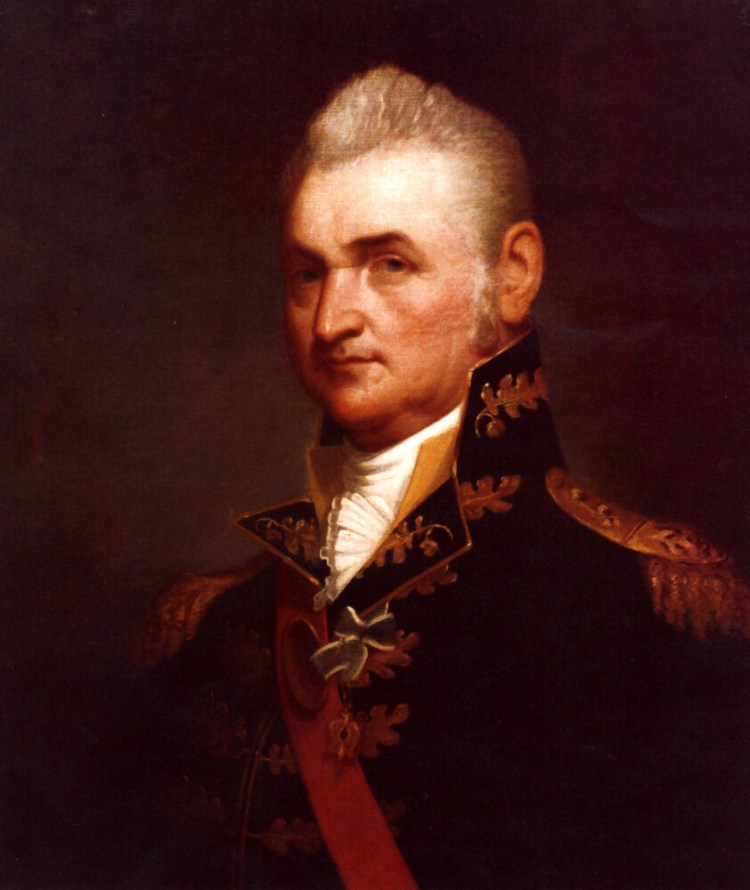March 5, 1801: Army Maj. Gen. Henry Dearborn (1751-1829), a Revolutionary War veteran and longtime Gardiner resident, begins eight years as secretary of war under President Thomas Jefferson.

Dearborn had fought in the Battle of Bunker Hill and was captured by the British during Benedict Arnold’s ill-fated 1775 March to Quebec. Released in a prisoner exchange, Dearborn fought at Saratoga and in the Battle of Monmouth, in New Jersey, and was at Valley Forge during George Washington’s winter encampment there.
After the war, he became U.S. marshal for the District of Maine – which then was part of Massachusetts – and a two-term member of the U.S. House of Representatives.
After his service to Jefferson, Dearborn took a political patronage job as collector of the port of Boston. The War of 1812 put him back in uniform, and as a senior Army commander he led several attacks against the British in Canada. His efforts proved ineffective, and President James Madison removed him from command in 1813. He later served as U.S. minister to Portugal.
A town in Kennebec County was named for him in 1812. The town was eventually divided among Waterville (later Oakland), Belgrade and Smithfield, and ceased to exist in 1841. Fort Dearborn, also named in the general’s honor, was established in 1803 on Lake Michigan, but was later abandoned, and the site is now part of downtown Chicago.
March 5, 1860: Knox County, Maine’s 16th and final county, is formed from parts of Lincoln and Waldo counties.
At 362 square miles, it is the state’s second-smallest, after Sagadahoc.
Joseph Owen is a retired copy desk chief of the Morning Sentinel and Kennebec Journal and board member of the Kennebec Historical Society. He can be contacted at: jowen@mainetoday.com.
Send questions/comments to the editors.



Comments are no longer available on this story